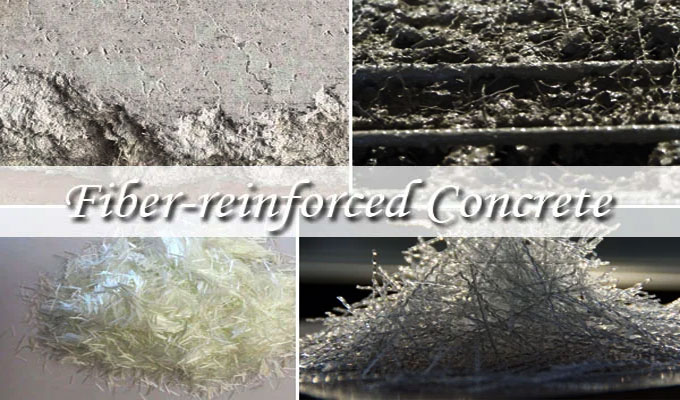
Advantages of Fiber Reinforced Concrete

Concrete is used to build roads, ground floors of your personal home or even a power plant. Concrete has become an integral part of any construction project. The reason why concrete is used so widely is because of its durability, although it can succumb to fractures. The fractures are caused by subsoil frosts and thaws or even when tree roots create an upward pressure on the concrete. The fractures lead to extra expense spent in repair and could result in an unfavorable way. The solution to the fracture is the introduction of reinforced concrete.
What does that mean?
Concrete is reinforced when there is a presence of suitable fibers in the mix which increases its toughness and ductility. The fibers present in the reinforced concrete prevents all kinds of fractures as the fiber hold the concrete together.
In case you are looking for a solution to what kind of concrete you must use then it is advisable that you conduct a thorough study of both non-reinforced concrete and reinforced concrete. Also, try to learn about the fibers used in the concrete.
What are the advantages of using fiber reinforced concrete?
? It has more tensile strength in comparison to non-reinforced concrete.
? It makes the concrete durable
? The strength of the concrete increases with the reduction of crack growth.
? Fiber-reinforced concrete provides resistance against freezing and thawing
? Reinforced concrete increases fatigue strength.
What are the disadvantages of fiber-reinforced concrete?
? Since fibers randomly orient in the concrete it can result in poor quality of concrete if not uniform.
? Rain can expose the fibers.
What are the types of fiber-reinforced concrete?
The most common types of reinforced concretes are:
? Cellulose fibers
Types of Fiber-Reinforced Concrete
There are several types of fibers used in reinforced concrete. Descriptions of the most common types are as follows:
? Cellulose Fibers: They are made up of esters of cellulose or ethers obtained from plant leaves, wood, tree barks, as well as other plant material. The mechanical properties of the fibers can be changed by adding lignin and hemicellulose in varying proportions. Cellulose fibers are vastly used in textile industry as fiber reinforcement composites and chemical filters.
? Natural Fibers: They are both cost-effective and efficient. It is easy to source locally and is therefore easily available. It can be obtained from a mineral source, animals, vegetables and then processed into non-woven fabric. The use of fiber is not new in construction as earlier horsehair and straws were used to make plasters and bricks.
? Carbon Fibers: Mainly composed of carbon atoms with a diameter of 5-10 micrometers. The advantages of using carbon fibers are as follows:
1. Low thermal expansion
2. High temperature tolerance
3. Thermal expansion
4. Stiff, low weight, high tensile strength.
? Polyester Fibers: For warehouse and other industrial floors, pavements polyester fibers are preferred. To ensure structural integrity, toughness and to protect against plastic shrinkage cracks polyester macro and microfibers are mixed with concrete.
? Glass Fibers: It shares many mechanical features with other fibers such as carbon fiber and polymer fiber. It is less brittle when used in composite and does not have the same rigidity as carbon fiber has. Therefore, in many polymer products glass fibers are used as reinforcing agents. Fiberglass is an example of glass-reinforced plastic.
? Polypropylene Fiber: This type of fiber is resistant to drying shrinkage and plastic shrinkage and is therefore used in concrete. This fibre reduces water bleeding in concrete and also significantly reduces the permeability of concrete. It has a good insulating property and high resistance against chemicals like organic solvents, acids and alkalis.
? Steel Fiber: Concrete?s physical properties can be changed by just adding the right amount of steel fiber in concrete. By adding steel fiber to the mix concrete?s durability can be significantly increased, it also provides resistance to cracking, bending, toughness and strength.

Image Courtesy: constrofacilitator.com

